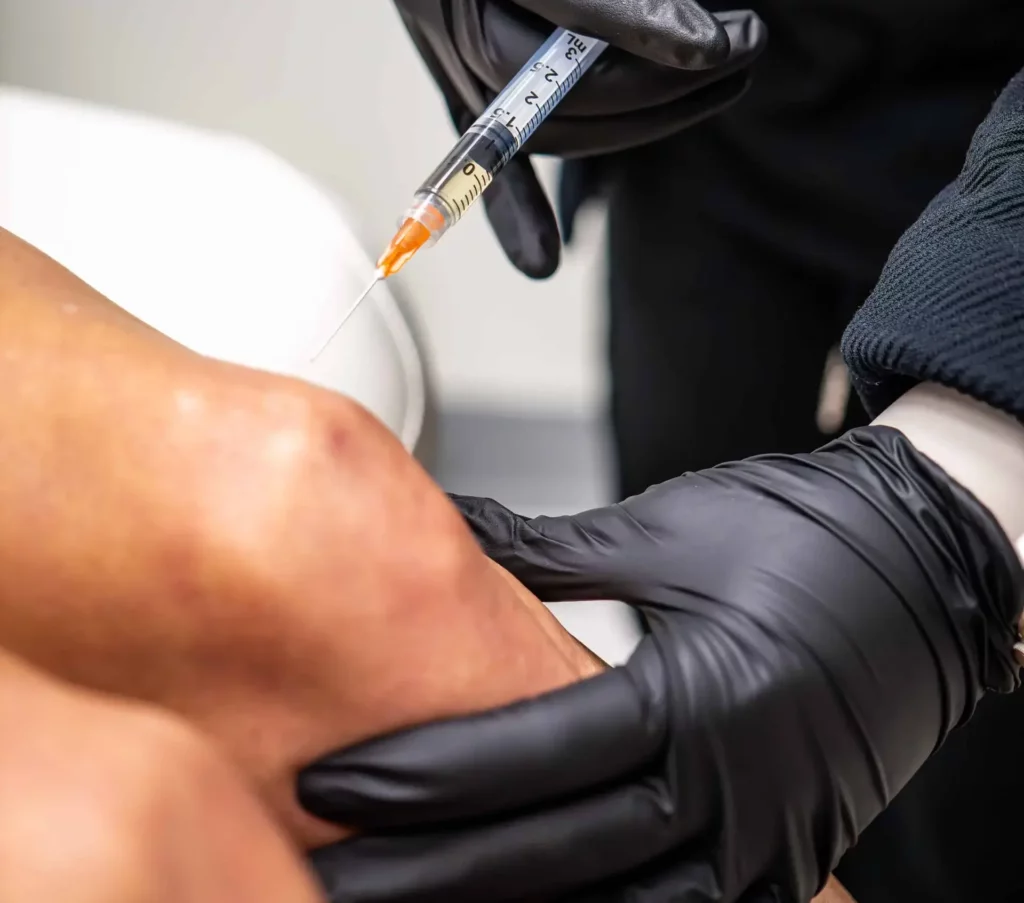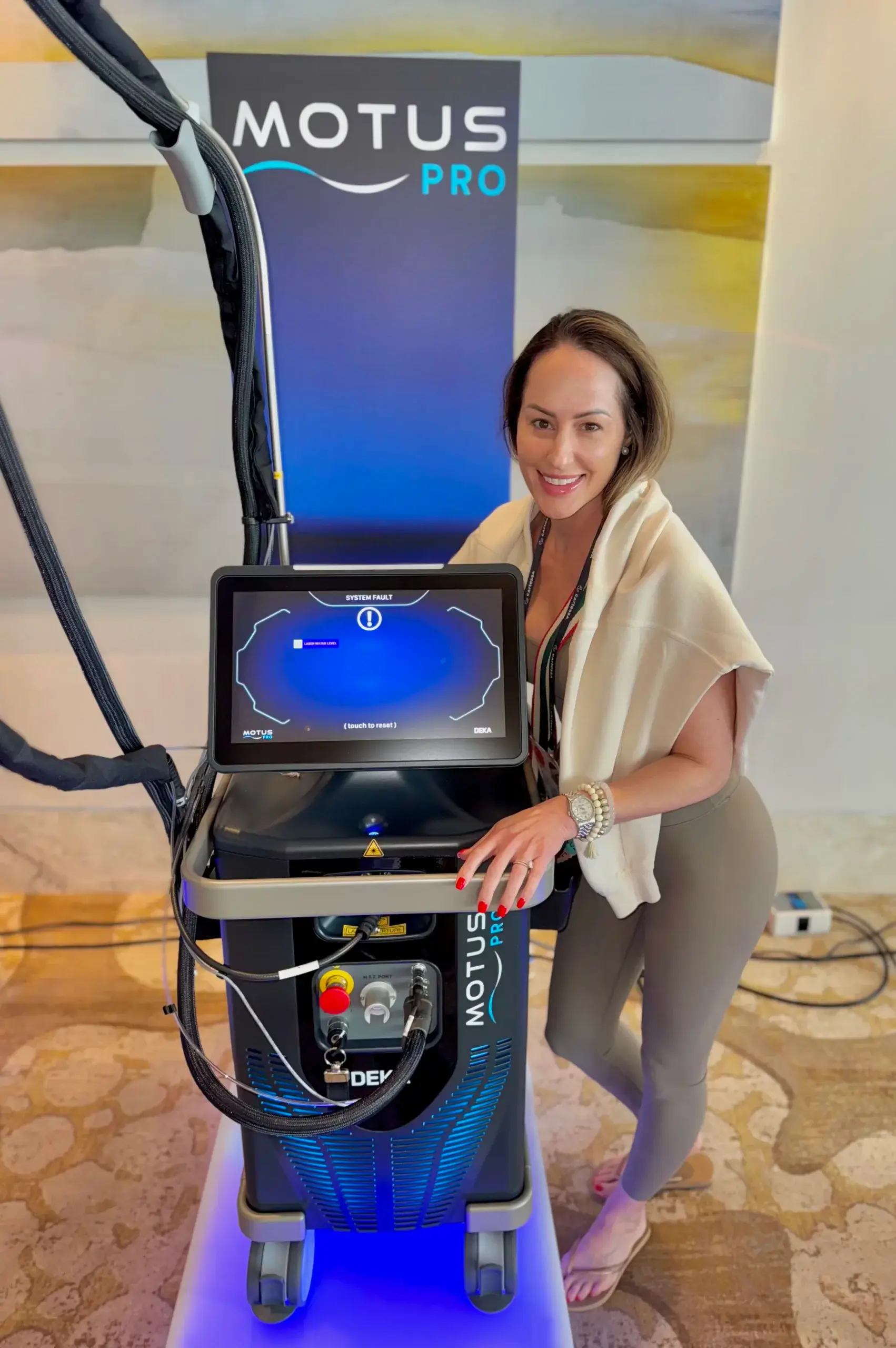
Introduction
Joint injections have emerged as a pivotal treatment for managing pain associated with the sacroiliac joint and sacroiliac nerve, offering hope to those suffering from chronic discomfort. By focusing on the primary pain locations, these injections offer both therapeutic comfort and diagnostic clarity, allowing for a more focused approach to pain management. As we look into the effectiveness of these treatments, joint injections represent a significant advancement in the field of non-surgical intervention for joint-related pain.
Understanding the Sacroiliac Joint
The sacroiliac joint is located in the lower back, connecting the sacrum (the lower part of the spine) to the iliac bones (the two large bones that make up the pelvis). This joint is essential for effectively transferring weight and forces between the upper body and legs. However, due to its critical positioning and function, it’s also a common source of chronic pain when inflamed or injured, a condition often referred to as sacroiliac joint dysfunction.
The Role of Joint Injections
Joint injections, specifically for the sacroiliac joint, serve dual purposes: diagnostic and therapeutic. Healthcare providers can identify the cause of discomfort by immediately injecting a local anesthetic into the sacroiliac joint. If pain relief is immediate, it confirms the sacroiliac joint as the origin of pain. Therapeutically, corticosteroids are often injected alongside the anesthetic to reduce inflammation and relieve longer-term pain.
Types of Joint Injections for the Sacroiliac Joint
The sacroiliac (SI) joint, where the spine meets the pelvis, can be a source of chronic pain for many individuals. To manage this pain, several types of joint injections are utilized, targeting the SI joint specifically. Here’s a closer look at the main types of injections used for the sacroiliac joint:
Corticosteroid Injections
- Description: These injections combine a corticosteroid, a powerful anti-inflammatory medication, with a local anesthetic. The corticosteroid reduces inflammation in the joint, which can significantly decrease pain and improve function.
- Effectiveness: The relief from pain can last from weeks to months, varying greatly among individuals. Some may experience significant improvement, while others might find only temporary relief.
Hyaluronic Acid Injections
- Description: Injections of hyaluronic acid are frequently used to treat osteoarthritis in the knee; they are also occasionally investigated for SI joint dysfunction. In the joints, hyaluronic acid serves as a lubricant and shock absorber.
- Effectiveness: Research on the efficacy of hyaluronic acid injections for the SI joint is ongoing, with various results noted. Compared to knee arthritis, they are less frequently utilized for the SI joint.
Platelet-Rich Plasma (PRP) Injections
- Description: PRP injections involve using the patient’s own blood components to encourage healing. The platelets are concentrated and injected into the treatment area once the patient’s blood has been collected. The growth factors in platelets can potentially stimulate healing and reduce inflammation.
- Effectiveness: Ongoing research into PRP’s effectiveness for SI joint pain shows promising early results, with significant potential for reducing pain and enhancing joint function. Continued studies are eagerly anticipated to further confirm and solidify its promising role in joint health management.
Prolotherapy
- Description: During prolotherapy, the joint space or surrounding ligaments are injected with a dextrose solution or another irritating solution. The goal is to stimulate the body’s healing response and strengthen the ligaments around the joint.
- Effectiveness: Studies on prolotherapy show mixed results. Some patients report decreased pain and increased stability in the joint, while others see no benefit. More research is needed to fully understand its effectiveness.
Radiofrequency Ablation (RFA)
- Description: Though not an injection of medication, RFA is a procedure that can be used for joint pain. It entails targeting particular nerves with heat produced by radio waves in order to prevent them from communicating pain to the brain.
- Effectiveness: RFA can provide significant pain relief for individuals with chronic SI joint dysfunction. The effects can last from six months to over a year, depending on the individual’s response.
Before beginning any of these treatments, a healthcare practitioner should be consulted, taking into consideration the patient’s specific condition, overall health, and treatment goals. Additionally, a patient’s effectiveness may vary greatly from one treatment to the next, and in certain situations, a mix of treatments may be advised to get the best results. It’s also important for patients to continue with physical therapy and other recommended treatments to improve joint function and mobility alongside these injections.
Targeting the Sacroiliac Nerve: A Focused Approach
One targeted therapy strategy for sacroiliac joint dysfunction and related pain is to target the sacroiliac (SI) nerve or nerves that feed the sacroiliac joint. This method is beneficial for patients who do not achieve sufficient relief from joint injections alone or those seeking a more targeted treatment for chronic SI joint pain. Here are the key aspects of this approach:
- Nerve Block Injections: A local anesthetic is given in close proximity to the sacroiliac joint’s nerves to provide momentary pain relief. They serve both diagnostic and therapeutic purposes by confirming the source of pain and providing short-term relief.
- Radiofrequency Ablation (RFA): RFA deactivates nerves by heating them with heat produced by radio waves, which stops the neurons from sending pain signals. This procedure offers a longer-lasting solution for chronic pain relief, with effects potentially extending for months or even a year.
- Cryoablation: The process of cryoablation involves applying extremely low temperatures to the nerve fibers that transmit pain signals from the sacroiliac joint. It aims to provide long-term pain relief, similar to RFA, but its use and effectiveness are less commonly documented.
Moreover, incorporating PRP (Platelet-Rich Plasma) therapy into treatments targeting the sacroiliac nerve represents an innovative and focused approach to alleviating sacroiliac joint pain. By combining the healing properties of PRP with precise techniques like nerve block injections and radiofrequency ablation (RFA), this method offers a promising avenue for both immediate pain relief and long-term recovery, showcasing the potential of combining traditional and regenerative treatments for sacroiliac joint dysfunction.
Effectiveness and Considerations
For many individuals, the benefits of sacroiliac joint injections, including nerve treatments, can be substantial, providing relief from pain that would otherwise be insurmountable with conservative measures like physical therapy or prescription drugs. However, the response to treatment varies. Some may experience profound and long-lasting relief, while others might find the benefits short-lived or minimal.
It’s also crucial to consider the potential side effects and risks associated with joint injections, such as infection, increased pain, nerve damage, or reactions to the corticosteroid or anesthetic. Consequently, a thorough evaluation and discussion with a healthcare provider are essential to determine whether joint injections are suitable.
Conclusion
Joint injections, particularly for the sacroiliac joint and sacral iliac nerve, offer a promising avenue for pain relief and improved function among individuals suffering from chronic lower back and pelvic pain. Aluma Wellness offers PRP (Platelet-rich Plasma) joint injections as a revolutionary, non-surgical treatment option for alleviating sacroiliac joint pain, as well as pain in tendons, ligaments, muscles, or joints, enhancing the body’s natural healing process for various soft tissue injuries and improving quality of life. Unlock the healing potential of PRP therapy: a natural, effective way to soothe joint pain, rejuvenate tissues, and revive your active lifestyle.



